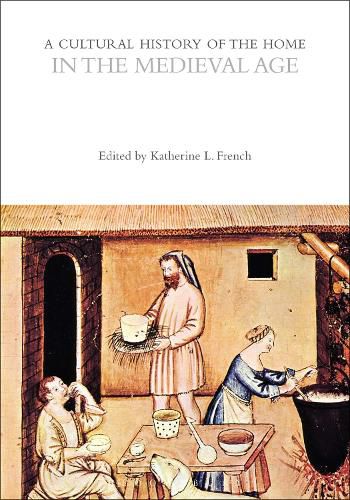Readings Newsletter
Become a Readings Member to make your shopping experience even easier.
Sign in or sign up for free!
You’re not far away from qualifying for FREE standard shipping within Australia
You’ve qualified for FREE standard shipping within Australia
The cart is loading…






The period covered by this volume, roughly 800-1450, was one of enormous change in the way people lived in their houses. Medieval people could call a grand castle, a humble thatched hut, or anything in between home, but houses were more than physical spaces. They changed according to technological developments, climatic needs, geological limitations and economic resources. They were also moral units that were themselves symbolic, economic, gendered, and social.
At the beginning of our period, the movement of people, goods, and ideas, and the need for defense against some of this movement had an impact on how and where people lived. The codification of laws shaped how people understood the physical integrity of their homes, the reception they should give to those who wanted to enter, and their identification with the house itself. As European economies expanded in the twelfth century, householders increasingly had access to items that changed their day-to-day lives within their houses. This volume argues that through a house and its uses, occupants created, sustained, and understood their relationship to each other and their society.
$9.00 standard shipping within Australia
FREE standard shipping within Australia for orders over $100.00
Express & International shipping calculated at checkout
The period covered by this volume, roughly 800-1450, was one of enormous change in the way people lived in their houses. Medieval people could call a grand castle, a humble thatched hut, or anything in between home, but houses were more than physical spaces. They changed according to technological developments, climatic needs, geological limitations and economic resources. They were also moral units that were themselves symbolic, economic, gendered, and social.
At the beginning of our period, the movement of people, goods, and ideas, and the need for defense against some of this movement had an impact on how and where people lived. The codification of laws shaped how people understood the physical integrity of their homes, the reception they should give to those who wanted to enter, and their identification with the house itself. As European economies expanded in the twelfth century, householders increasingly had access to items that changed their day-to-day lives within their houses. This volume argues that through a house and its uses, occupants created, sustained, and understood their relationship to each other and their society.